This post Dry Eye Tool Box for Meibomian Gland Dysfunction (MGD) first appeared on MyDryEye.ca
It was written by Dr. Diana Nguyen.
Please visit MyDryEye.ca to visit the original post.
Meibomian gland dysfunction (MGD) causes dry eye disease, specifically evaporative dry eye disease. It is caused when there is not enough oil in the tears. As a result, the tears dry up or evaporate at a quicker rate causing dryness. MGD can also be split further into primary and secondary causes.
Primary causes of MGD are usually associated with obstructed meibomian glands and gland atrophy. Secondary causes of MGD are usually associated with ocular inflammation. So what can you do to manage MGD?
Since dry eye is a multifactorial disease, many effective treatment options for primary and secondary causes of MGD are multi-modal, meaning more than one treatment type is required. Now, let’s open our dry eye tool box and go over each treatment option!
Dry Eye Tool Box – The Basics
Dry eye disease requires constant care of the ocular surface since it is a chronic condition. Your doctor will start by suggesting treatments that may include:
- Preservative-free artificial tears (eye drops)
- At-home warm compresses with a Bruder Mask
- Taking Omega-3 supplements and adding more fish to your diet
- Eyegiene (eyelid hygiene)
These treatment methods can help alleviate mild dry eye symptoms. However, if your dry eye is more severe, in-office treatments and a multi-modal approach may be needed.
Dry Eye Tool Box for Advanced MGD
Obstruction of meibomian glands, atrophy of meibomian glands and low secretion of oils are the primary causes of MGD. The main mechanism to treat clogged oil glands is thermal pulsation. A study analyzed the optimum temperature for heat therapy for MGD and it concluded that temperatures between 40°C – 41.5°C provides softening of the meibum (oil). Below are treatment options that can achieve these temperatures and are used to treat primary MGD:
LipiFlow®
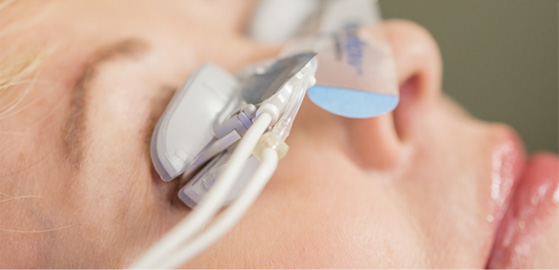
Lipiflow® is a 12 minute treatment designed to clear blocked Meibomian glands or oil glands found in the upper and lower eyelids, using a combination of heat and gentle massaging. The goal is to remove blockages or obstructions in the glands.
iLux®
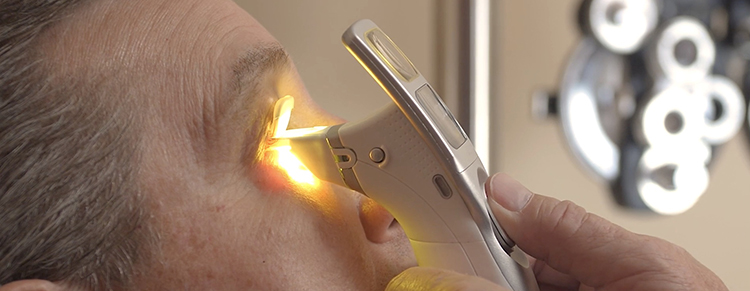
iLux® is a handheld device that is used to treat MGD. It is designed to unblock and express the Meibomian glands (upper and lower) by gently warming them with heat and light pressure.
Radiofrequency (RF)
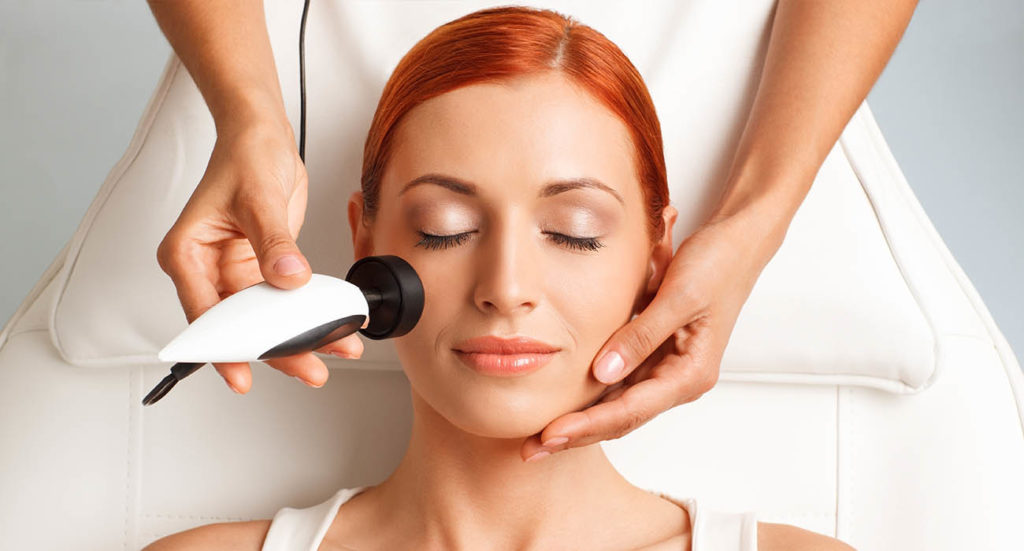
RF is a treatment that uses radiofrequency to target the clogged Meibomian glands by gently warming up and softening the oil. This allows for the better oil outflow to coat and protect the tears from evaporation
Intense Pulsed Light (IPL)
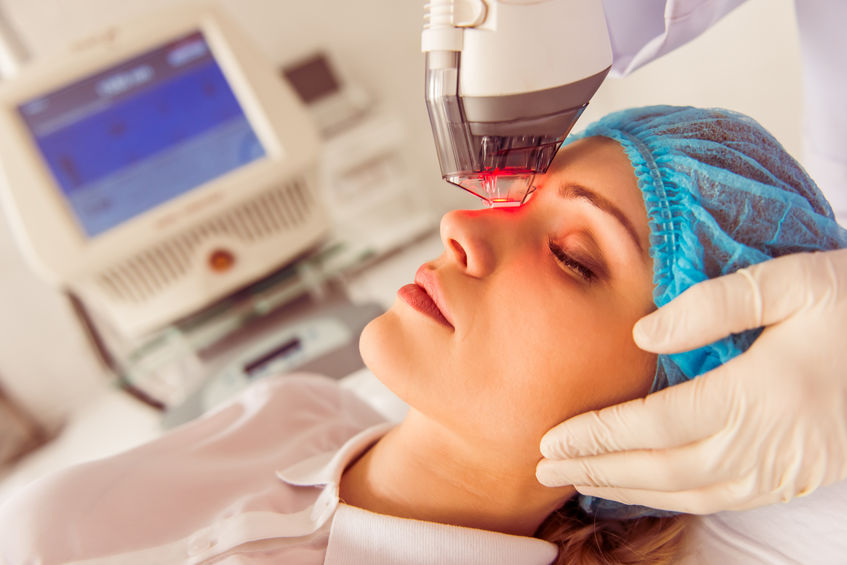
IPL is a treatment that uses pulses of light that will melt and release hardened oils that have blocked the meibomian glands in the eyelids. This will also help reduce inflammation of the eyelids that is contributing to dry eyes, as well as redness while stimulating the glands to release the healthy oils.
Which is the right choice for my MGD?

Always consult with a dry eye doctor about the best treatment options. They will create a specific plan that is unique to you and your MGD. Use our search feature to find a doctor near you that has the expert knowledge in treating dry eye disease. Stay tuned for our next blog about the inflammatory causes of dry eye and its association with MGD.
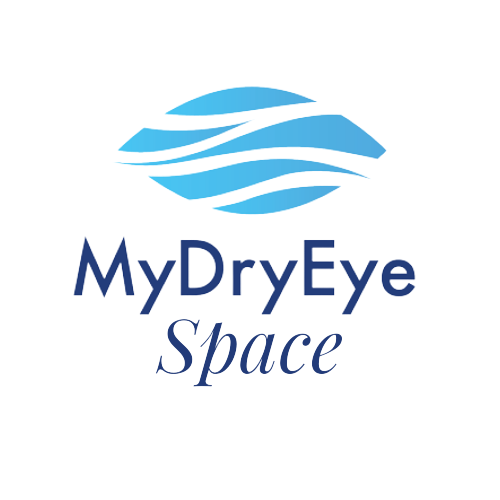
What Your Eyes Are Telling You About Your Hormones
Dry, burning eyes often signal shifts in estrogen, progesterone or androgens. Learn how hormones influence tear production, why women are more affected and how to nourish your glands for lasting comfort.
In‑Office Treatments for Dry Eye: What Really Works?
Dry eye relief goes beyond drops. Learn how in‑office treatments like LipiFlow, IPL and RF unclog glands and restore comfortable vision. Discover the science behind these procedures and how to maintain results at home.
Makeup Mistakes That Might Be Making Your Eyes Dry
Your makeup could be making your eyes miserable. Avoid tightlining, ditch old mascara and opt for clean, ophthalmologist‑tested products to enjoy beauty without the burn.






















